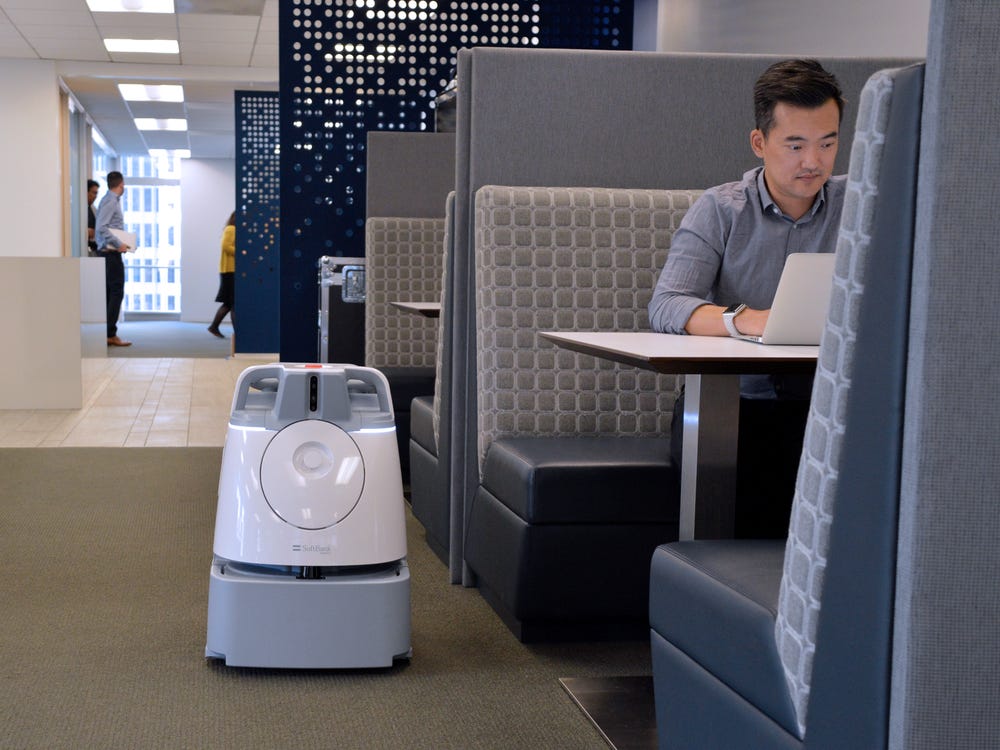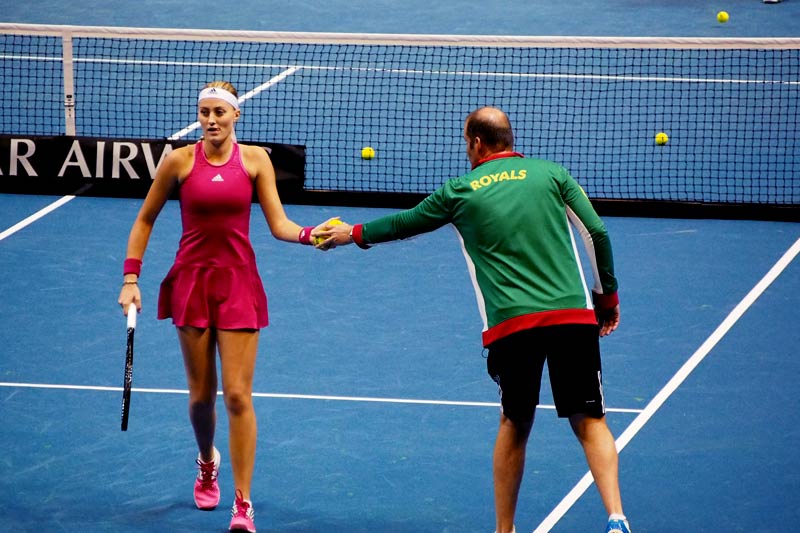The pandemic has undoubtedly highlighted our need for better sanitation. This has prompted the large-scale production of technological innovations, with companies developing wearable air purifiers and hands-free door openers to help curb the spread of COVID-19. We’ve also seen major improvements on existing products, as developers worked to make them better suited to address the evolving needs of a post-pandemic world.
Enter Whiz, a robot vacuum developed by SoftBank Robotics that’s been touted as a “fully autonomous vacuum sweeper”. SoftBank claims that Whiz can collaborate with cleaning teams to build healthier working environments by utilising LIDAR technology – the same technology used by self-driving cars – and an award-winning navigation software called BrainOS. It promises higher quality, more efficient cleans with the touch of a button, cleaning set routes on its own with “no downtime, no extra work required.” Whiz even provides a post-cleaning report about how, when, and where an area was cleaned and can cover up to 15,000 square feet (about 1,400 square meters) of space on a single charge.
Released in 2019, Whiz saw great usage after the pandemic forced many businesses to look towards automation. Since then, SoftBank has continued to find ways to improve the robot vacuum, and earlier this month, they announced a partnership with Australian pathogen mitigation company GERMii to formulate a cleaning solution that utilises ultraviolet-C (UV-C) technology.
By incorporating GERMii’s UV-C technology into the design of SoftBank’s Whiz, the two companies have created a cleaning solution that kills bacteria and pathogens both on the floor and in the air. This technology could be a game-changer for high-traffic areas such as airports, hospitals, and universities.
Collaborations have often been instrumental to achieving innovation, and the pandemic has highlighted the importance of being able to do so seamlessly. COVID-19 and the work from home revolution forced the mainstreaming of tools like Zoom and Microsoft Teams for office collaboration. Even teams working on the designs of intricate circuit boards can simultaneously access and edit blueprints from their web browsers, drastically reducing the time it takes to collaborate. The ease at which designs can now be shared, the availability of real-time communication, and increased digitalisation have all contributed to the success of brand collaborations such as that of SoftBank and GERMii.
Harold Van Haltren, CEO of GERMii, claims that this collaboration “will be instrumental in the eradication of the COVID-19 virus in Australia.” With the focus now on eliminating the virus in quarantine hotels and international flights, an automated cleaning solution that can consistently eliminate pathogens will allow personnel to focus on areas unreachable by machines.
This development is currently only available in Australia. However, with Whiz being available in other countries and the global need for efficient sterilisation, it’s not unlikely that we’ll see this type of technology being adapted by other robotic vacuums in the future. Consumers in Singapore are already able to purchase smart robot vacuums like ECOVAC’s Deebot, and Samsung has recently announced the release of its Jet Bot+ robot vacuum in Singapore.
The need for better cleaning solutions has never been greater, and companies are continuing to find ways to innovate and improve existing technology to better address these problems.



![[Review] Be Our Guest to a Night of Enchantment with Disney’s Beauty and the Beast in Singapore This December [Review] Be Our Guest to a Night of Enchantment with Disney’s Beauty and the Beast in Singapore This December - Alvinology](https://media.alvinology.com/uploads/2025/12/Screenshot-2025-12-14-195843-110x110.png)

![[Review] Tim Ho Wan’s Limited Edition East-Meets-West Menu Brings Festive Flavours to Dim Sum [Review] Tim Ho Wan’s Limited Edition East-Meets-West Menu Brings Festive Flavours to Dim Sum - Alvinology](https://media.alvinology.com/uploads/2025/12/6194907278834600928-110x110.jpg)





